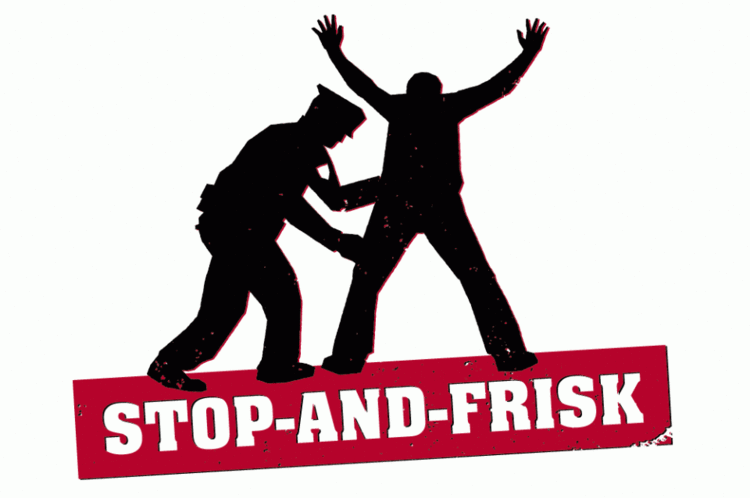Part MCCXVII of my series, The Rules Made Up for the Rest of Us by New Yorkers Don’t Apply to New Yorkers:
From the New York Times:
Baby Boom Among New York’s Affluent
APRIL 30, 2015
By GINIA BELLAFANTE
Data recently released from the Health Department’s vital statistics bureau indicates that in 2013 the city achieved its lowest birthrate since the Great Depression. Currently at 14.3 (a figure that refers to the number of births per 1,000 people), the birthrate now just barely surpasses what it was in 1936, when it stood at 13.6.
It is not well-to-do families in TriBeCa who are responsible for this waning, as any casual examination of Greenwich Street at 3 p.m. and a look at the outsize apartments in real estate listings might make evident. TriBeCa, in fact, logged one of the highest birthrates in the city. In 2013, the highest rates of multiple births occurred on the Upper East Side and in Brooklyn Heights. Between 2004 and 2013, of all the racial groups that the city’s Health Department measures, birthrates increased only among whites.
Beginning around 2010, as birthrates among whites started steadily to climb up, birthrates among blacks began to go down. In 2013, blacks had a birthrate of 12.7, the lowest of any group in the city, with the abortion rate four times as high among black women as among white women — a reality that has had certain black clergy members alarmed and calling for action. Asians and Hispanics maintained the highest birthrates, but these figures, too, have trended downward in recent years.
Although birthrates in impoverished neighborhoods remain high, they have been coming down. A map of birthrates by neighborhood compiled by the Health Department reveals a telling sociology — a picture of child-rearing as an entitlement of the very affluent and a managed burden of the poor. The highest birthrates register in parts of the South Bronx, Lower Manhattan and brownstone Brooklyn.
What is most striking is that low birthrates are found in predominantly white and solidly middle-class parts of the city — large swaths of Staten Island and portions of eastern Queens. In 2013, Bayside, in Queens, was the community district that could claim the lowest birthrate. One reason for this could be that the heightened expectations that working- and middle-class families have for raising their children are bumping up against the difficult financial realities of meeting them.













